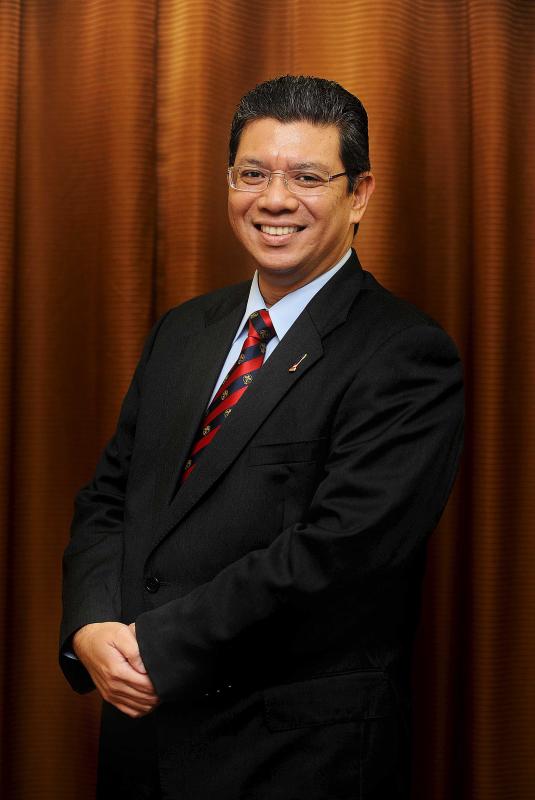By LIM MAY LEE
alltherage@thestar.com.my
YOUTHS here struggle to simply be heard which is probably the consequence of being represented by people who are not quite as youthful as one might hope (the official definition of “youth” in Malaysia is people between 15 and 40 years old).
Let’s just say, it’s debatable how clued in a 40-year-old would be with issues faced by, say, a 16-year-old.
Thankfully, we’re not alone. Former Deputy Minister of Higher Education and current chairman of the Youth Academy, Datuk Saifuddin Abdullah has been trying to get the age limit down to at least 30, for a start.
That’s not all he’s been working towards. The Youth Academy, a think tank institution started in 2001 by Saifuddin, was created to “assist in policy formulation involving youth development, because more often than not, the main stakeholder in youth development – the youths themselves – is not consulted,” explained Saifuddin.
The current situation is that youths are only beneficiaries of policies, programmes and activities, rather than active participants.
“I hold the idea that the youth should be consulted,” said Saifuddin adamantly.
According to him, there are three facets that people forget about youth development – participation, empowerment and representation.
“It’s not just about being participants in a programme,” he said. “It’s about getting involved in making decisions on the programme, deciding content and more.
“Empowerment is enabling young people to think and act on their own,” he said, before adding ruefully that improvement is desperately needed in this area.
“Sometimes, if you ask if there is youth presentation, the answer would be ‘Oh, yes!’” he said with a laugh. “But who is representing the youth?”
The National Student Consultative Council (Majlis Perundingan Pelajar Kebangsaan), which looks into the needs of students in local tertiary institutions, attempts to address the issue. It functions as a platform where student leaders from universities in the country meet with government ministers and officials to air their ideas and grievances.
But until recently, there was no such platform for students based in universities abroad. Their voices were destined to go unheard, until the Youth Academy started the Malaysian Overseas Student Leaders network session. Its first meeting was on April 5, and it featured representatives from 11 alumni organisations from nine countries.
Saifuddin was quick to point out that the Youth Academy was there merely to initiate and facilitate the networking. The desired effect is to have an organisation that would be purely handled by a youth-driven committee.
The academy also hopes to invite representatives from alumni of the Fulbright Scholar and Chevening Scholarship programmes, to name a couple. It is also trying to invite Unified Education Certificate holders, those who studied in private Chinese high schools in Malaysia and then went on to study in universities in Hong Kong, China and Taiwan.
When queried on youth and racial integration in the country, Saifuddin, who is also CEO of the Global Movement of Moderates, said “I think that the youths of Malaysia understand unity, perhaps better than some of the older folks.”
He admits that there are still some “pockets of polarisation” amongst Malaysian youth, however “this is an after-effect of other issues that impinge on the young.”
There are ways for people, regardless of age, to do their bit, though – they can write in to the National Unity Consultative Council (NUCC), or even organise focus groups and invite members from the NUCC.
What Saifuddin really wants, however, is the voice of the Malaysian youth in issues such as the root cause of racial polarisation. For those who want to speak up, the NUCC platform is open to all.
“I’m hearing a lot about discriminatory policies, but this is from old folks,” he said with a laugh, adding “What we really want to know is what the youth are thinking!”


Tell us what you think!